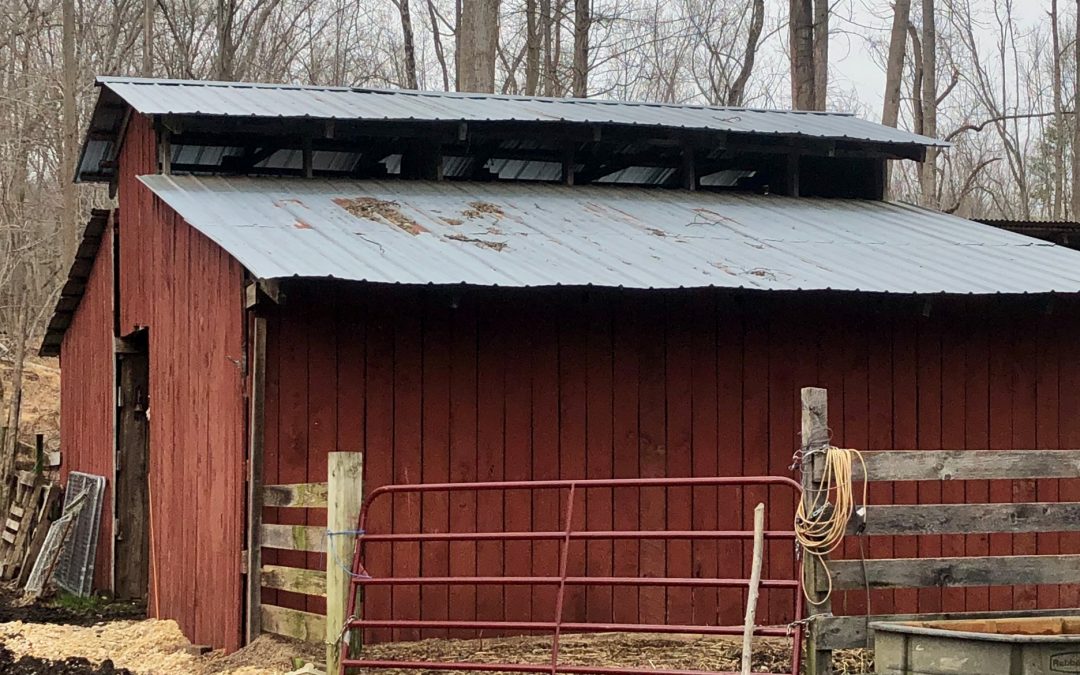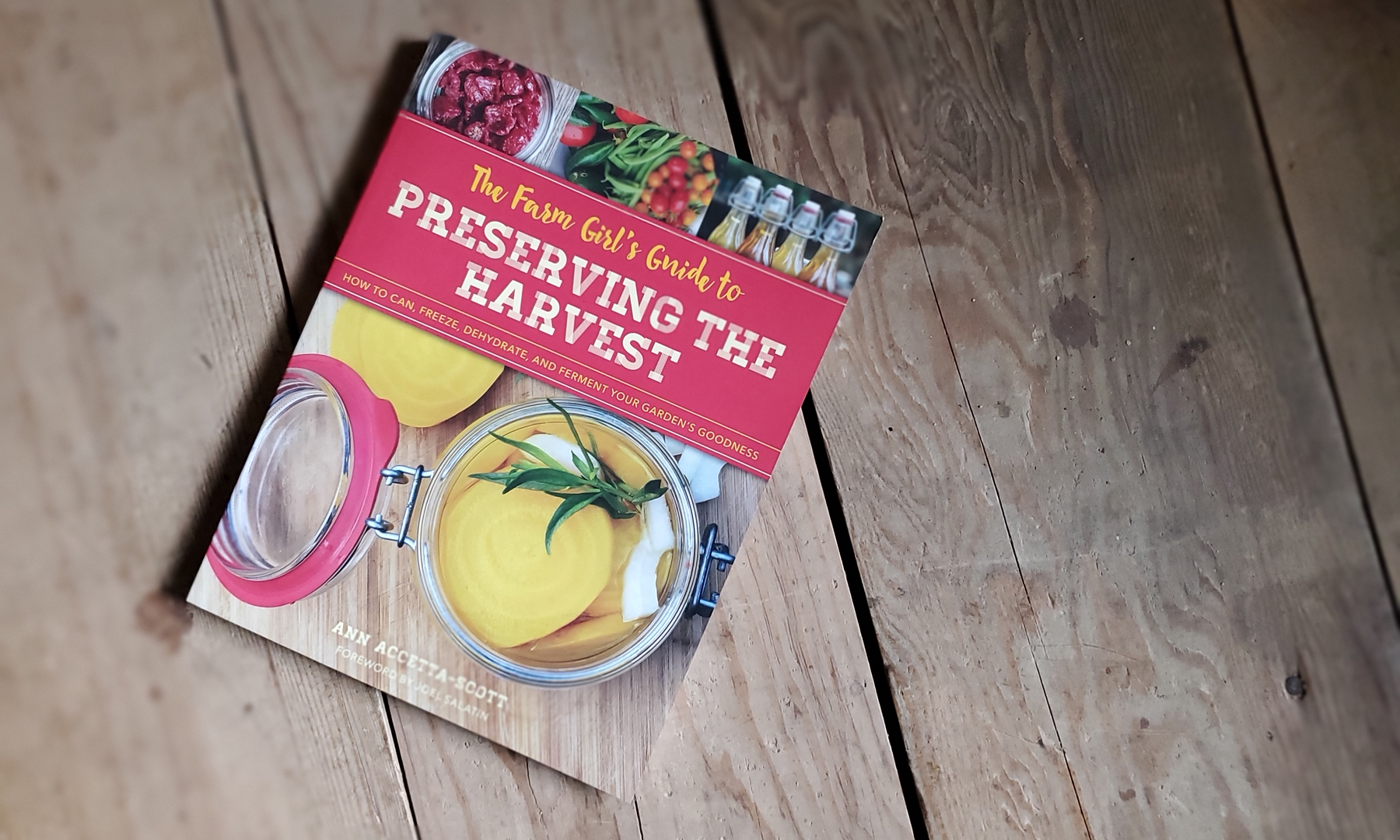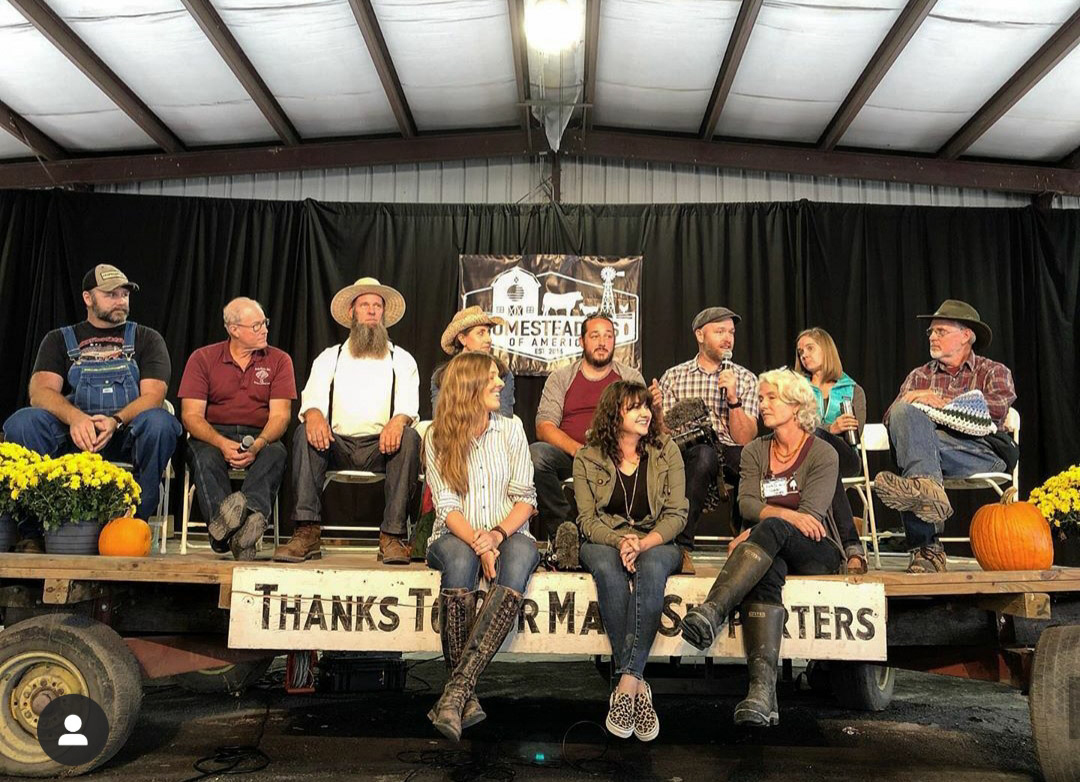The dream is quickly turning into reality. Starting a homestead is finally happening. Throughout this journey you will feel joy, excitement, and also fear. Embrace these emotions, they keep us grounded, and without them the ability to establish a self-sufficient homestead will quickly fizzle away.
Homestead Where you Live
Starting a homestead is not reserved for those who have land. The movement to consume a clean food source occurs whether you live in a townhouse or on 10 acres.
Grow and raise as much food as you can. Compensate for what cannot be grown by purchasing from local farmers. This include eggs and meat.
Learn how to preserve the harvest. Canning, fermenting, drying, freezing, and storing fresh foods for later consumption is homestead living. Preserving food allows you to consume an item which does not contain synthetic preservatives and the ingredients listed are basic and pronounceable.
The Farm Girl’s Guide to Preserving the Harvest is a comprehensive guide on utilizing every form of home food preservation to preserve the harvest. This guide allows homesteaders to transform fresh foods into shelf-stable long-term items, as our forefathers did before us.
Embrace the Mindset – Homestead Living
First and foremost, you need to embrace the mindset of living as a homesteader. This lifestyle is not only physical, it is emotional. Individuals in the homesteading community live simple lives.
What does this mean? Aside from growing our own food, raising our own meat, and preserving the harvest, there’s more to homestead living.
- Live a Cash on-hand Life – Carry property loans or loans which can be paid off quickly. Everything else? Use cash.
- Be Prepared to Fail – Regardless of how prepared you are, you will fail. Plans do not always workout, priorities shift leaving tasks incomplete, the weather changes, and livestock becomes ill.
- Forgive yourself – A strong homesteader understands the great gift of forgiveness. Especially towards themselves. The inability to forgive and move on leads to failure.
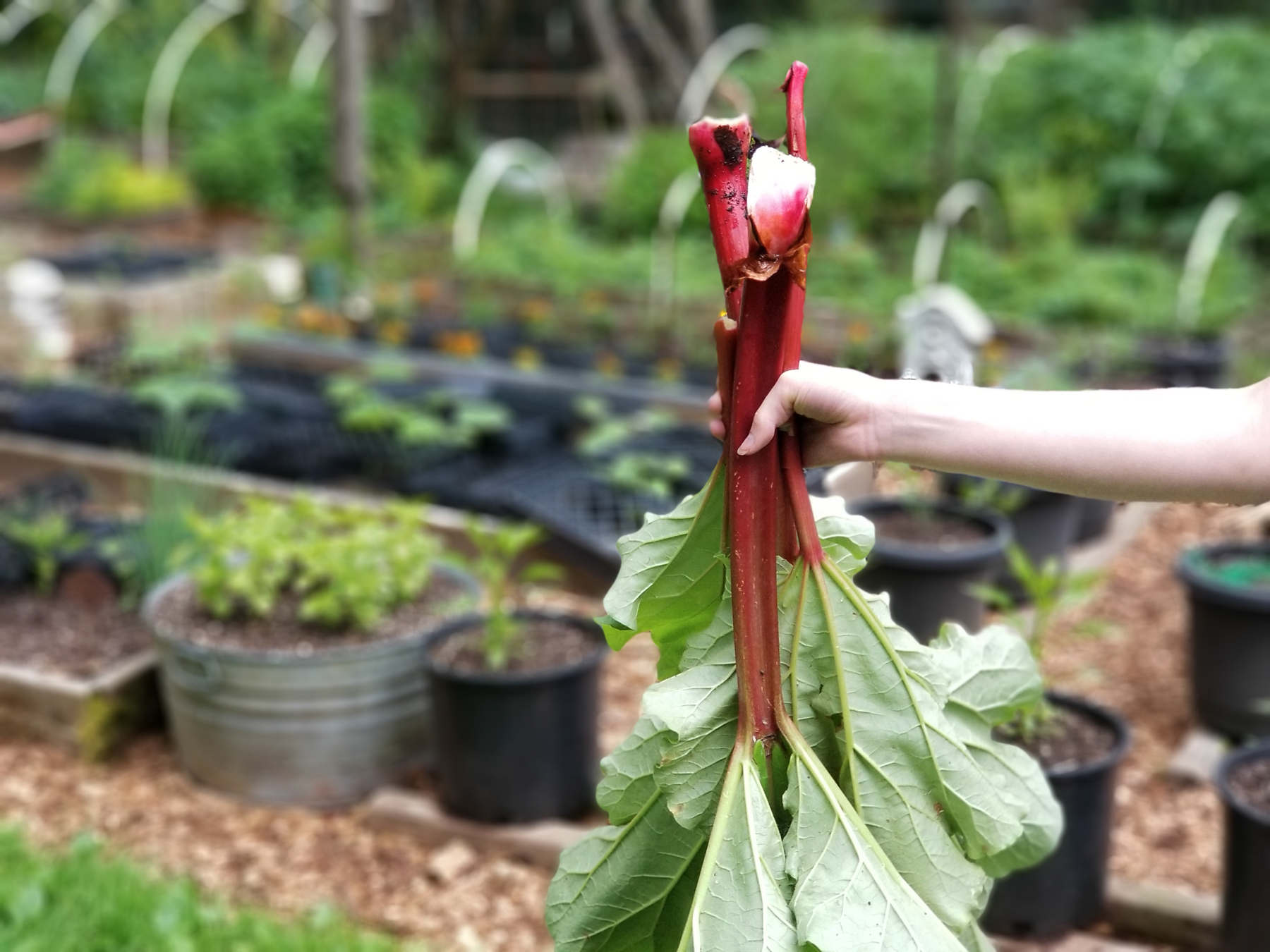
- Set Goals – Set two type of goals: yearly and seasonally. For example, Spring introduces new life. Seed starting, hatching/birthing, and incorporating livestock, whereas the Summer schedule is about building and maintaining. Fall is designated for preserving the harvest. And with Winter comes rest and planning.
- Live Simply – Embrace a slower paced life by leaving the rat race behind. Focus on a clear mind by leaving the business around you behind. Incorporate less noise caused by social media and electronics.
- Find a Homesteading Community – Find your tribe. This community will help you achieve your dreams and goals. In a perfect world these people are local, do not hesitate to connect with those who live across the country. Conferences such as, Homesteaders of America and Mother Earth News provide not only knowledgeable information but the tribe you seeking. Also, find websites and You-Tube channels which provide sound information.
Homesteading for Beginners
The first year of homesteading is a big one, setting the precedence for many years to come. For this very reason, it’s vital to plan accordingly. Based on personal experience, do not bite off more than you can chew.
Homesteaders who are working away from the property, raising kids, or simply new to the lifestyle need to give themselves a little grace. Rome wasn’t built overnight, and neither will your homestead.
Reach out to the homesteading community around you. These fellow homesteaders will provide tips on your growing zone and everything you’ll need to know about raising livestock in the area.
It is important to remember, every good thing comes with time. If the desire is to not rebuild each year, then plan accordingly the first time around.
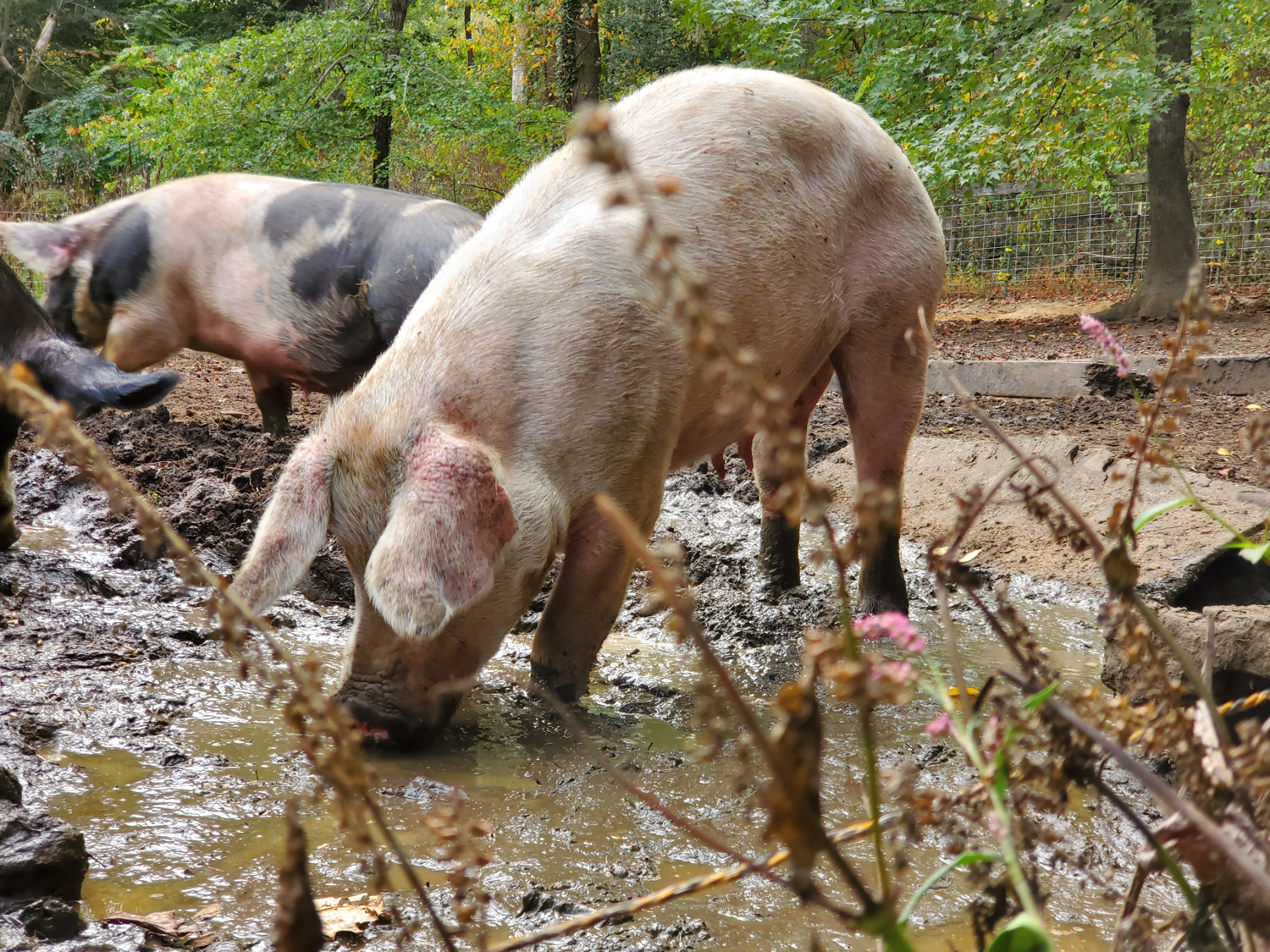
ESTABLISH A PLAN – GOALS FOR STARTING A HOMESTEAD
Remember, the first year is about planning. The exercise of taking pen to paper is a lost skill to many. A good planner, journal, and graphing paper are quintessential tools for a successful first year.
As mentioned, work the property according to the current season. Using a planner, schedule chores and projects weekly. At the end of the week, take some time to reassess and plan the following week accordingly.
Keep a journal. Document the weather, successes and failures, livestock care, and how the garden is performing. Were you able to preserve food the first year? Yes? Great, document how much was put-up.
Graphing paper is a great way to layout the land. Use this paper to create plans for structures, map out the garden, document livestock lineage, and plan a breeding schedule.
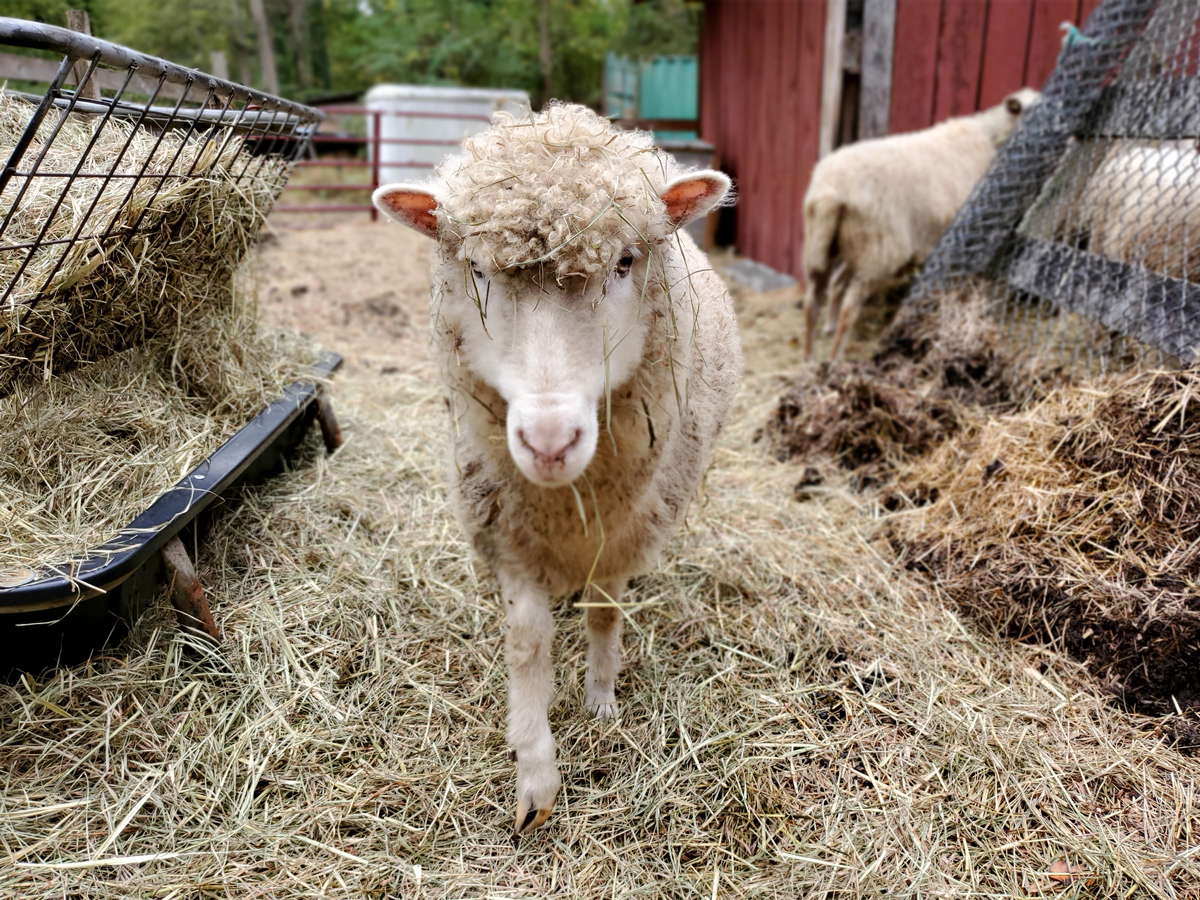
CLEAR THE LAND
It is as simple as that. Clear trees, brush, or garbage from areas which you plan to utilize. The idea of clearing the land is simple, however, depending on the state of your land, it could very well take some time.
Garden
Begin with a small simple garden the first year. Better yet, utilize a container garden, growing in containers will help map the garden. As needed, move the container garden to accommodate for the maximum amount of sunlight. For many, a good garden location will take a year of watching the Sun’s movement.
This first year allows the soil to be tested, making any amendments needed. Determine where the compost and manure piles will be kept, and whether you will direct sow or grow food in raised beds.
Utilize the first year to plant perennials. Pollinating flowers, strawberries, asparagus, rhubarb, and herbs (medicinal and culinary) need time to mature, and can easily be transplanted if necessary.
Unless you have an established property, save planting fruit and nut trees for year two. This allows you the time to determine the best location to plant an orchard.
Fencing Livestock Housing
Regardless of how frugal you may be, fencing and livestock housing is the most expensive aspect of homestead living. And in truth, these two things need to be very well thought out.
Livestock housing is essential to good animal husbandry. Coops and barns need to be draft free, proper ventilation is imperative, and the type of bedding selected will minimize potential respiratory issues.
For the first year, fence areas which are necessary. Each additional year incorporate more electric fencing, paddocks, and runs. This project does not need to be completed all at once.
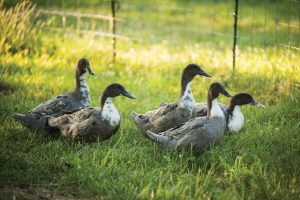
Create a Self Sufficient Homestead by establishing a Mini Farm
Behind every homesteader is the dream to raise livestock. In truth, this is what makes us who we are. The ability of knowing what your livestock has consumed and that it has been humanely raised is a true testimony of owning your food source.
Prior to incorporating livestock it is important to be versed in law regarding the ordinance for land use, as well as the regulations for raising small and large livestock. This applies for the county and city in which you reside. Laws in each state, county, and city will vary, make sure to do your research.
Raising Poultry – The Gateway to Homestead Living
The individual who stated, chickens are the gateway to farming, was a million percent correct! These feathered dinosaurs not only provide healthy eggs, they also quite a bit of personality.
There are a few things to consider prior to incorporating chickens, ducks, and turkeys onto the homestead.
- Select breeds based on needs. Remember, establishing a self sufficient homestead requires planning. Every decision made needs to be calculated to benefit the property in the long run.
- Egg production
- Breed selection – heritage, production or specialty breeds, egg color, family friendly, and level of broodiness (prone or less prone to becoming broody)
- Dual purpose breeds — generally larger poultry, raised for both meat and egg production. The Delaware Enhanced Heritage breed is a great example.
- Egg production. Regardless of the breed there is a peek laying period for all poultry, with the decline in production occurring around the second year of life. Poultry will continue laying for many years, however, not as much as they would have during the peak years. Here are a few tips to ensure farm egg consumption occurs year round:
- Introduce new egg layers every 18 to 24 months.
- Incorporate additional poultry every other year. This will ensure eggs production each year, even during the winter months (pullets lay year round the first year).
- Alternate seasons in which chicks are incorporated. Winter chicks will become Spring layers, Spring chicks are Fall layers.
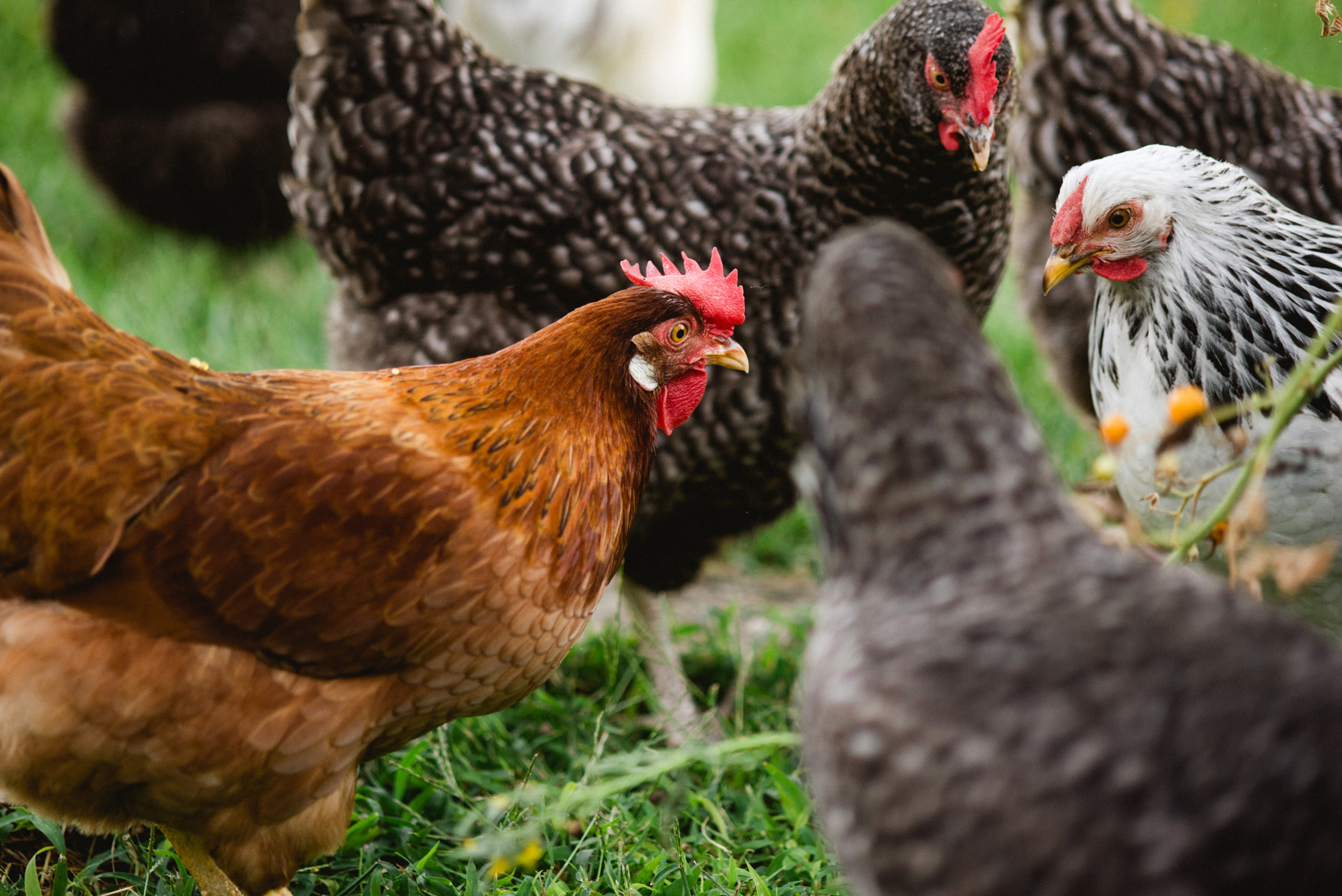
INCORPORATING ANIMALS FOR MEAT CONSUMPTION
Raising livestock is emotional. Regardless if it’s poultry, rabbits, or ruminant animals. This is what differentiates self sufficient homesteads from factory farms.
Homesteads and mini farms interact with their livestock on a daily basis. We get to know their personalities and enjoy having them on the property. And at times, we forget the purpose for why they were incorporated on to the homestead.
Prior to incorporating animals for meat, make sure you have it in you to dispatch these animals. Individuals who chose to not handle the butchering of their livestock should reach out to their local homesteading community. This community will assist you in finding the most skilled butcher in the area.
A homesteading for beginner’s tip, make sure you are able to disconnect yourself from your meat source when it is time to harvest for meat. Keeping these animals for long term costs an extreme amount of money.
Establish a Mini Farm with Milking Animals
Owning a family milk cow is a goal for many homesteaders. However, before you jump-in make sure to do your homework.
Milking cows require being milked daily, if not twice a day. Some heifers have great dispositions and handle being milked with ease, whereas others are not quite as cooperative. It is in your best interest to find a homestead, or a family owned mini farm, to educate you on keeping milk cows prior to incorporating one onto the property
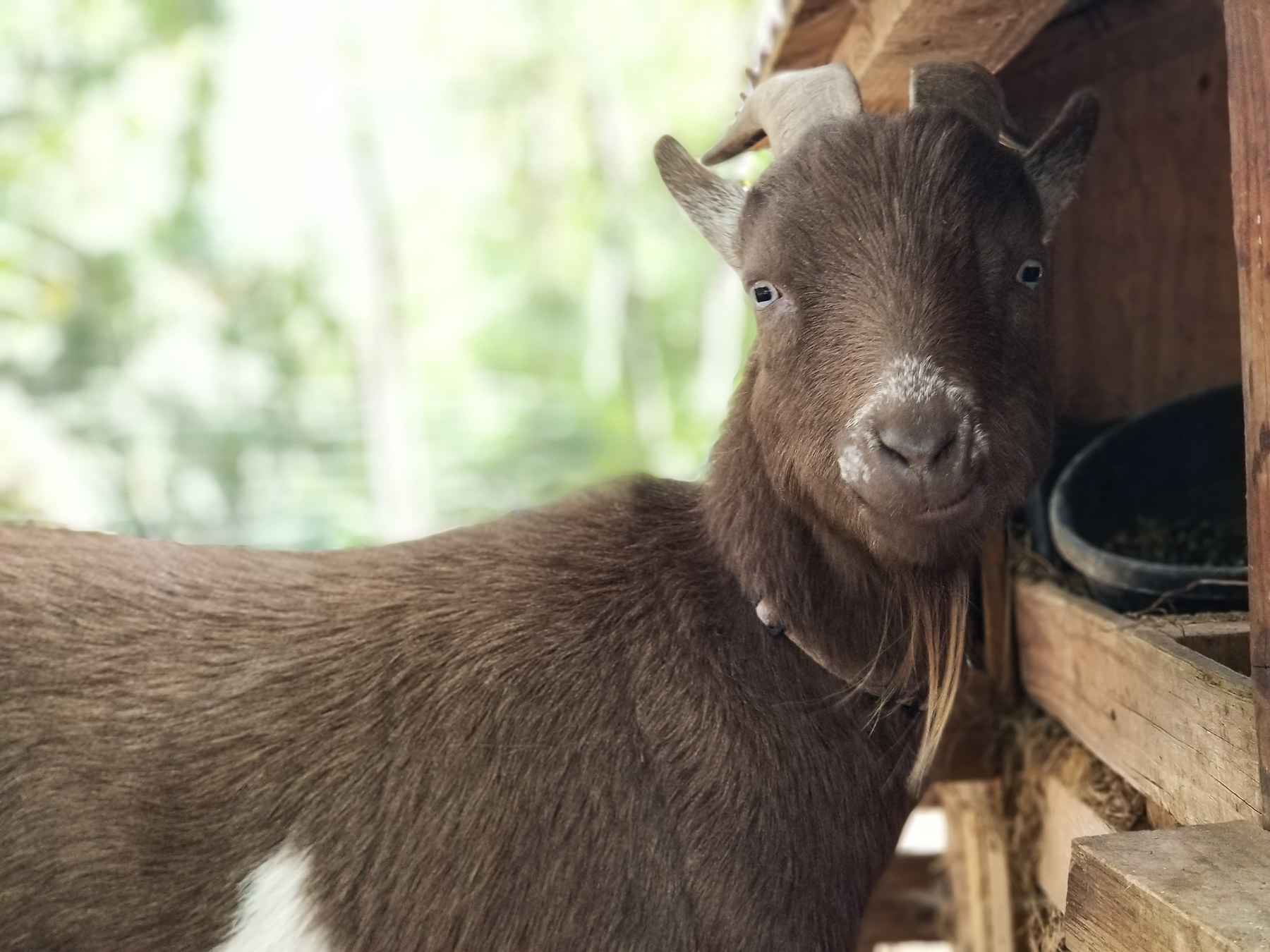
Another homesteading for beginner’s tip, dairy goats are very diverse livestock to raise on small acre homesteads. Reach out to your local homesteading community to find a respected breeder in your area.
Dairy goats, such as Nigerian Dwarf goats, are small enough to handle and produce excellent amounts of milk. Goat’s milk is favored by many. Not only is it used for drinking, but think about the cheese and soap which can be made from it.
Not to mention, goats are foragers, and will work to help clear the land.
Homestead Living – Homesteading for Beginners
There are no guidelines for starting a homestead, create your own homesteading for beginners course. For many, family members who once lived the homesteading life have long since passed. Leaving us to find guidance among strangers.
Build your mini farm according to your dreams. Find local connections or an online homesteading community. And always remember, every successful homestead started in the same club, the Homesteading for Beginner’s Club.
There’s no shame in admitting this. Remember, no two homesteads are the same, and you will fail. But more importantly, you will also succeed.

Ann Accetta-Scott homesteads on two acres in Washington state, raising poultry, goats, and rabbits. She is an educator and encourage of all who are seeking to live a more sustainable lifestyle. Ann is also the face behind the website A Farm Girl in the Making and author of The Farm Girl’s Guide to Preserving the Harvest.
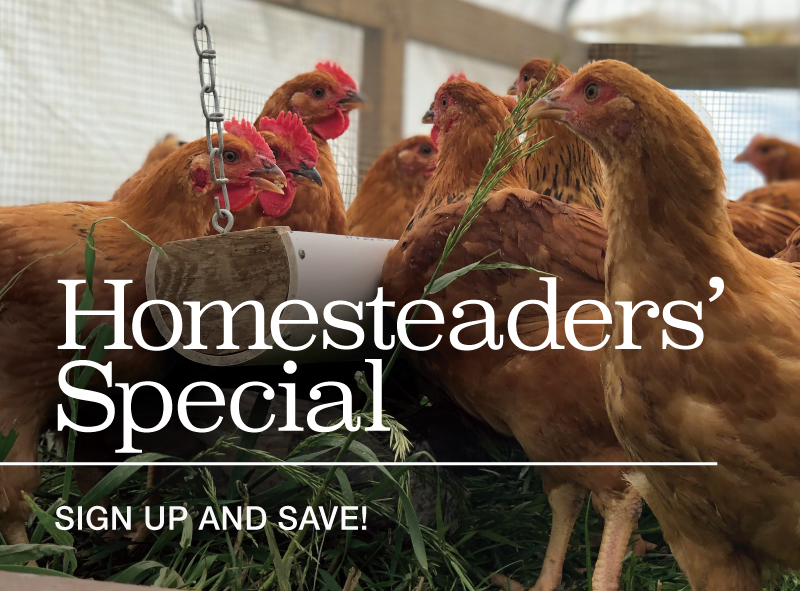
NEW Homesteader’s Special Available in 2020 from McMurray Hatchery
McMurray Hatchery is proud to partner with Homesteaders across the country, and support more sustainable lifestyles, by offering our new
Homesteaders’ Special. Our Homesteaders’ Special makes it easier to raise your own flock for meat and eggs:
- Register as a Homesteader by calling (800) 456-3280
- Purchase a minimum of 350 birds per year
- Choose your savings: 20% OFF OR 60-DAY TERMS!
Feature photo courtesy of Janet Garman of Timber Creek Farms. Livestock photos courtesy of Ann Accetta-Scott and Teddi Yaeger.

